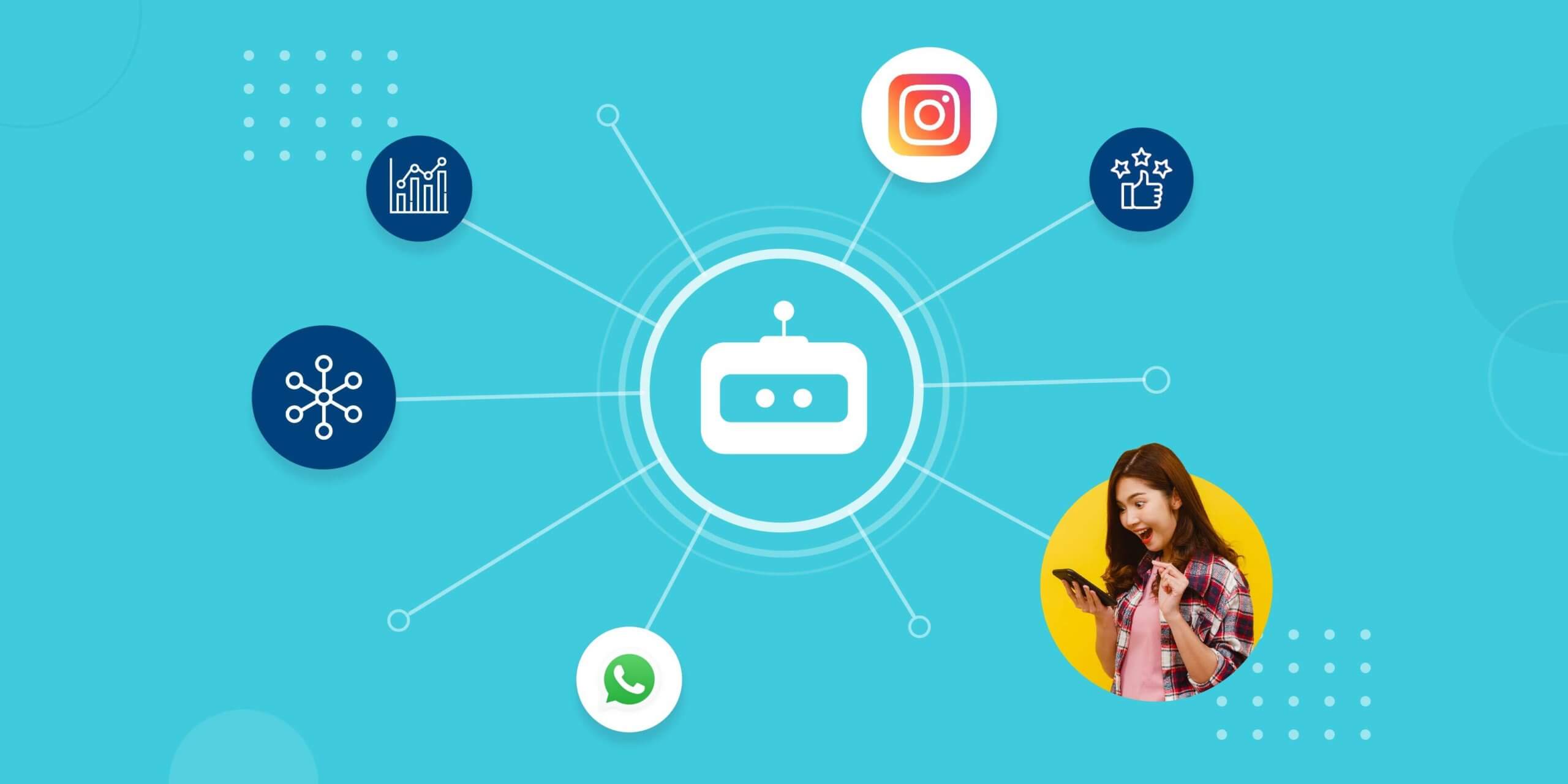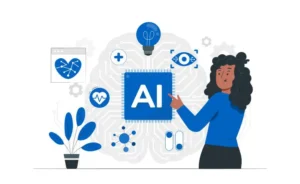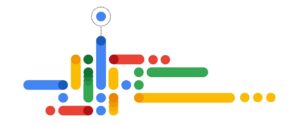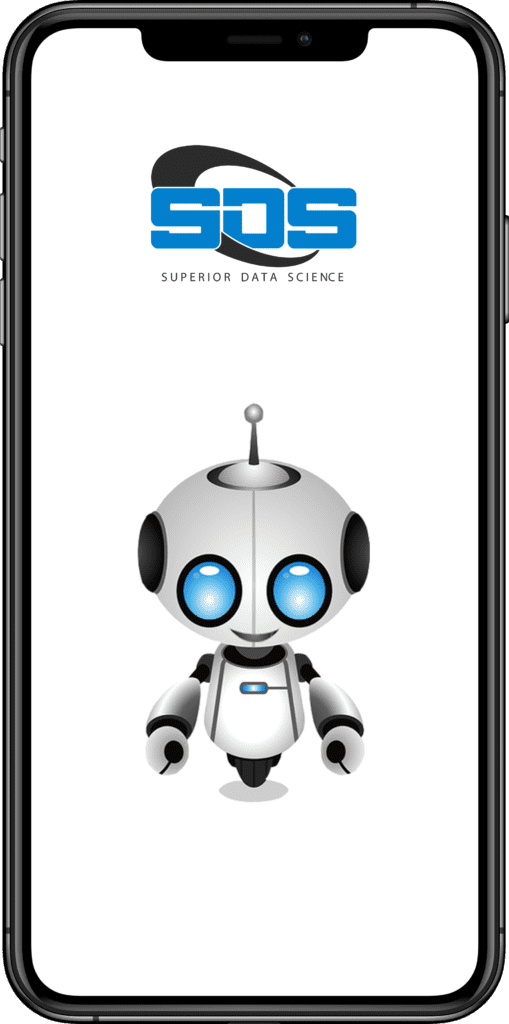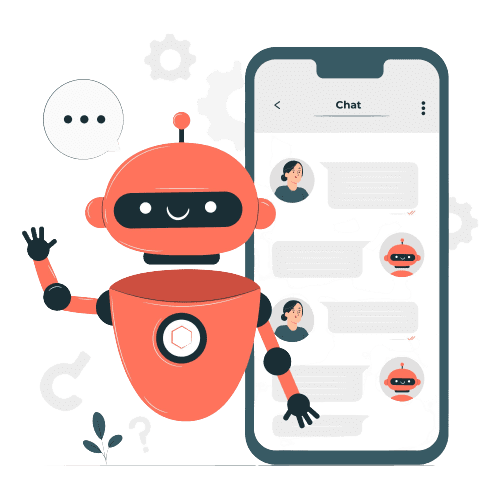Chatbots have become an essential component of many businesses’ online presence, allowing for quick and easy communication between customers and companies. In today’s fast-paced world, customers expect instant responses to their inquiries, and chatbots are an effective solution for delivering that. However, with an increasing number of platforms available for communication, businesses need to develop omnichannel chatbots that can operate seamlessly across multiple platforms. This article will guide you through the process of developing an omnichannel chatbot that can operate across multiple platforms.
Introduction
An omnichannel chatbot is a versatile tool that can operate seamlessly across multiple platforms, including websites, social media platforms, messaging apps, and voice assistants. These chatbots provide a consistent and reliable user experience, ensuring that customers receive quick and efficient responses to their queries, regardless of the platform they are using. In today’s competitive business landscape, implementing an omnichannel chatbot has become essential for organizations striving to improve customer service, increase customer engagement, and drive revenue growth. By embracing the capabilities of omnichannel chatbots, businesses can enhance customer satisfaction, foster stronger customer relationships, and effectively meet their needs across diverse platforms.
Understanding the Requirements
Before starting the development process, it is essential to understand the requirements of the chatbot. The following steps will help you understand the requirements:
Identifying the Target Audience
To develop an effective chatbot, it is crucial to identify and understand your target audience. Consider their demographics, including factors such as age, gender, and location. Additionally, analyze their language preferences to ensure the chatbot communicates in a way that resonates with them. Lastly, examine their behavior and habits to create a chatbot experience that aligns with their expectations and preferences. By thoroughly understanding your target audience, you can tailor the chatbot’s design, tone, and functionality to meet their specific needs and provide a personalized user experience.
Defining the Goals and Objectives of the Chatbot
To create a successful chatbot, it’s important to define its goals and objectives upfront. Determine whether you want to enhance customer service, boost sales, or reduce customer churn. By clarifying these goals, you can design and develop the chatbot with specific functionalities and features that align with your objectives. For instance, if the goal is to improve customer service, the chatbot can be programmed to provide quick and accurate responses to common queries. By aligning the chatbot’s design and development with your goals, you can maximize its effectiveness and achieve the desired outcomes.
Gathering the Necessary Data
To build an effective chatbot, gather the required data, including frequently asked questions, customer feedback, and chat logs. This data serves as valuable input for creating a conversational flow and developing responses to common customer queries. Analyzing the frequently asked questions helps identify the most common pain points and areas where customers seek assistance. Customer feedback provides insights into their preferences and expectations, allowing you to tailor the chatbot’s responses accordingly. By leveraging this data, you can ensure that your chatbot provides accurate and relevant information to customers, enhancing their experience.
Designing the Chatbot
The following steps will help you design the chatbot:
Choosing the Appropriate Chatbot Platform
When selecting a chatbot platform, consider options like Dialogflow, Botpress, and IBM Watson. Evaluate these platforms based on your specific requirements and the features they offer. Look for a platform that provides the necessary capabilities to create and deploy your chatbot effectively. Consider factors such as ease of use, integration options, natural language processing capabilities, and scalability. By choosing the right platform, you can lay a strong foundation for building a successful and efficient chatbot.
Developing a Conversational Flow
When developing your chatbot, focus on creating a conversational flow that guides users seamlessly through the interaction. Ensure that the flow feels natural and intuitive, allowing users to understand and navigate the chatbot’s responses effortlessly. Design the conversation in a logical and coherent manner, anticipating user queries and providing appropriate responses. Use techniques such as branching and conditional logic to handle different scenarios effectively. By crafting a well-designed conversational flow, you can enhance the user experience and make the chatbot more engaging and user-friendly.
Creating a Personality for the Chatbot
When creating your chatbot, give it a distinct personality that aligns with your brand’s values and tone. A chatbot with a unique and consistent personality is more likely to captivate customers and leave a lasting impression. Consider the characteristics, language style, and tone that best represent your brand and its target audience. Whether you want your chatbot to be friendly, professional, or humorous, make sure its personality is consistent throughout interactions. By infusing your chatbot with a compelling personality, you can foster a deeper connection with customers and provide them with a more engaging and memorable experience.
Integrating with the Necessary APIs
To enhance the functionality of your chatbot, integrate it with the relevant APIs, such as payment gateways, CRM systems, and inventory management systems. This integration allows the chatbot to facilitate seamless transactions, retrieve customer information, and provide real-time inventory updates. By connecting your chatbot to these APIs, you can streamline processes, improve efficiency, and deliver a more comprehensive user experience. The integration ensures that the chatbot can handle financial transactions securely, access customer data accurately, and provide up-to-date information on product availability. Incorporating these APIs into your chatbot expands its capabilities and enables it to seamlessly interact with other systems in your business ecosystem.
Developing the Chatbot
The following steps will help you develop the chatbot:
Building the Chatbot using Appropriate Programming Languages
When building your chatbot, choose the programming language that aligns with your chatbot platform and desired features. Popular options include Python, JavaScript, and PHP, each offering its own advantages. Python is known for its simplicity and readability, making it suitable for rapid development. JavaScript is commonly used for web-based chatbots and provides compatibility across different platforms. PHP is widely used for server-side scripting and can integrate well with existing web applications. By selecting the appropriate programming language, you can ensure efficient development and optimal performance for your chatbot.
Testing the Chatbot Thoroughly
When building your chatbot, choose the programming language that aligns with your chatbot platform and desired features. Popular options include Python, JavaScript, and PHP, each offering its own advantages. Python is known for its simplicity and readability, making it suitable for rapid development. JavaScript is commonly used for web-based chatbots and provides compatibility across different platforms. PHP is widely used for server-side scripting and can integrate well with existing web applications. By selecting the appropriate programming language, you can ensure efficient development and optimal performance for your chatbot.
Refining and Improving the Chatbot Based on the Test Results
After testing the chatbot, analyze the results and refine its performance accordingly. Take into account user feedback to enhance the chatbot’s responses and make them more accurate and helpful. Fine-tune the conversational flow to ensure smoother interactions and better user engagement. Continuously iterate and improve the chatbot based on the insights gained from testing and user feedback. By refining and enhancing the chatbot, you can create a more effective and user-friendly solution.
Launching the Chatbot
The following steps will help you launch the chatbot:
Choosing the Appropriate Channels for Deployment
Select the suitable deployment channels for your chatbot, including platforms like your website, Facebook Messenger, WhatsApp, or Slack. Verify that the chatbot functions seamlessly on each chosen platform. Adapt the chatbot’s interface and features to align with the requirements and capabilities of each deployment channel. Test the chatbot’s performance and ensure it delivers a consistent and satisfactory experience across all selected platforms. By choosing and optimizing the deployment channels, you can reach your target audience effectively and provide a seamless chatbot experience.
Promoting the Chatbot to the Target Audience
Utilize multiple channels like social media, email, or ads to promote your chatbot to the target audience. Generate awareness about the chatbot’s benefits and encourage customers to engage with it. Highlight its convenience, efficiency, and ability to provide quick solutions. Prompt users to try the chatbot and actively seek their feedback to further improve its performance. By effectively promoting and engaging users, you can enhance the adoption and success of your chatbot.
Monitoring and Analyzing the Chatbot’s Performance
Regularly monitor and analyze the chatbot’s performance using key metrics like engagement rate, response time, and conversion rate. Assess the chatbot’s effectiveness in meeting user needs and identify areas for improvement. Use the gathered data to fine-tune the chatbot’s responses, optimize its conversational flow, and enhance its overall performance. Continuously monitor user feedback to address any issues promptly and improve the chatbot’s user experience. By actively monitoring and analyzing performance metrics, you can ensure that the chatbot remains efficient and effective in delivering its intended outcomes.
Future Improvements
Continuous improvement is necessary to maintain the chatbot’s effectiveness. The following steps will help you improve the chatbot:
Continuous Improvement of the Chatbot Based on User Feedback
Actively incorporate user feedback to enhance the chatbot’s responses and improve its conversational flow. Listen to user suggestions and implement necessary adjustments to provide a better user experience. Regularly update the chatbot with fresh information and new features to ensure its relevance and effectiveness. By staying responsive to user feedback and keeping the chatbot up-to-date, you can continually improve its performance and meet evolving user needs. Make it a priority to maintain an iterative process of user feedback and regular updates for optimal chatbot performance.
Integration with New Platforms and APIs
Expand the chatbot’s reach by integrating it with new platforms and leveraging additional APIs. By integrating with various platforms, such as social media networks or messaging apps, you can reach a wider audience. Furthermore, integrating with new APIs allows you to offer enhanced features and functionalities to users. Continuously explore opportunities to integrate the chatbot with emerging platforms and APIs to stay ahead of the curve and provide a comprehensive user experience. Embrace the potential of new technologies and platforms to expand the chatbot’s capabilities and cater to the evolving needs of your audience.
Conclusion
To develop an effective omnichannel chatbot, careful planning, design, and development are essential. The benefits of such a chatbot are significant, including improved customer service, increased sales, and reduced customer churn. By following the steps outlined in this article, you can create an omnichannel chatbot that meets your business requirements and provides an exceptional user experience. From identifying your target audience and defining goals to gathering necessary data and choosing the right platforms, each step plays a crucial role in the development process. Embrace the potential of an omnichannel approach and harness the power of chatbot technology for your business success.
FAQs
1. How much does it cost to develop an omnichannel chatbot?
The cost of developing an omnichannel chatbot depends on several factors, such as the platform, features, and complexity. A simple chatbot can cost around $5,000, while a more complex chatbot can cost up to $50,000 or more.
2. What programming languages are used to develop chatbots?
Some of the programming languages used to develop chatbots are Python, JavaScript, PHP, and Java.
3. How long does it take to develop an omnichannel chatbot?
The development time for an omnichannel chatbot depends on several factors, such as the platform, features, and complexity. A simple chatbot can be developed in a few weeks, while a more complex chatbot can take several months.
4. How do you promote an omnichannel chatbot?
You can promote an omnichannel chatbot through various channels, such as social media, email, or ads. Encourage customers to use the chatbot and provide feedback.
5. Can an omnichannel chatbot improve customer satisfaction?
Yes, an omnichannel chatbot can improve customer satisfaction by providing quick and efficient responses to customer queries, regardless of the platform they are using.
